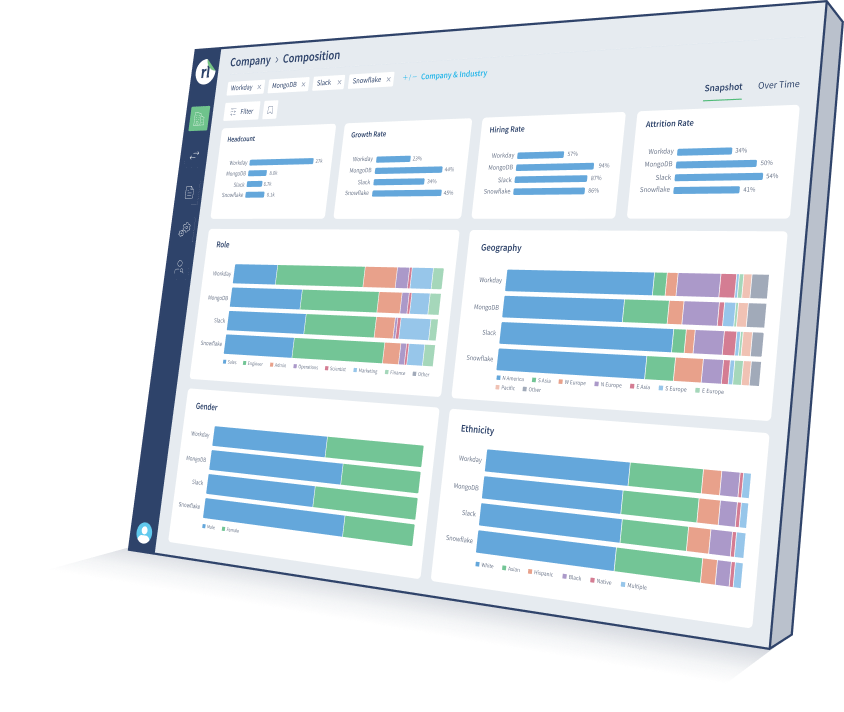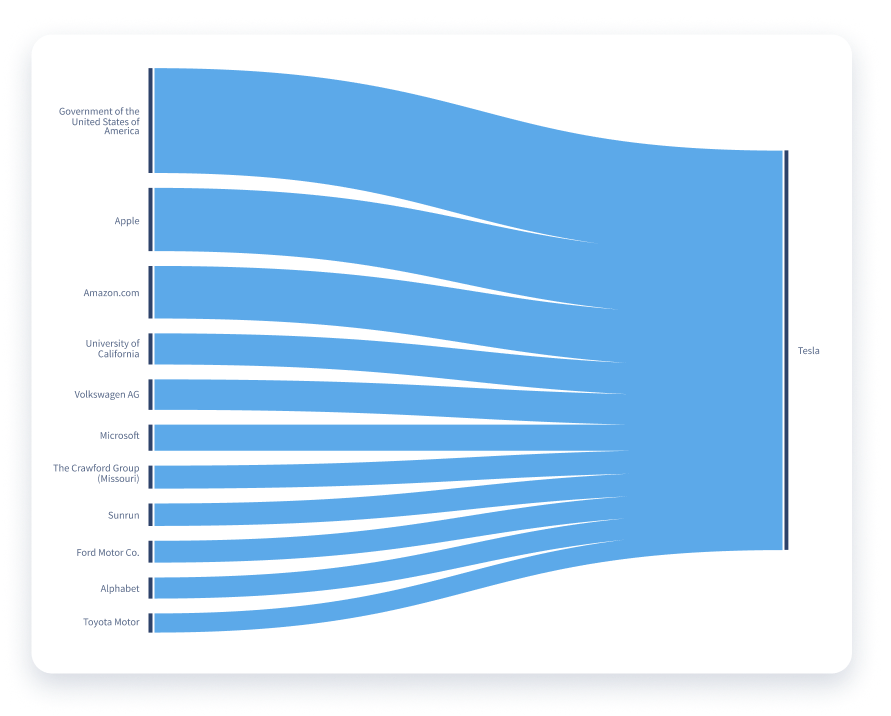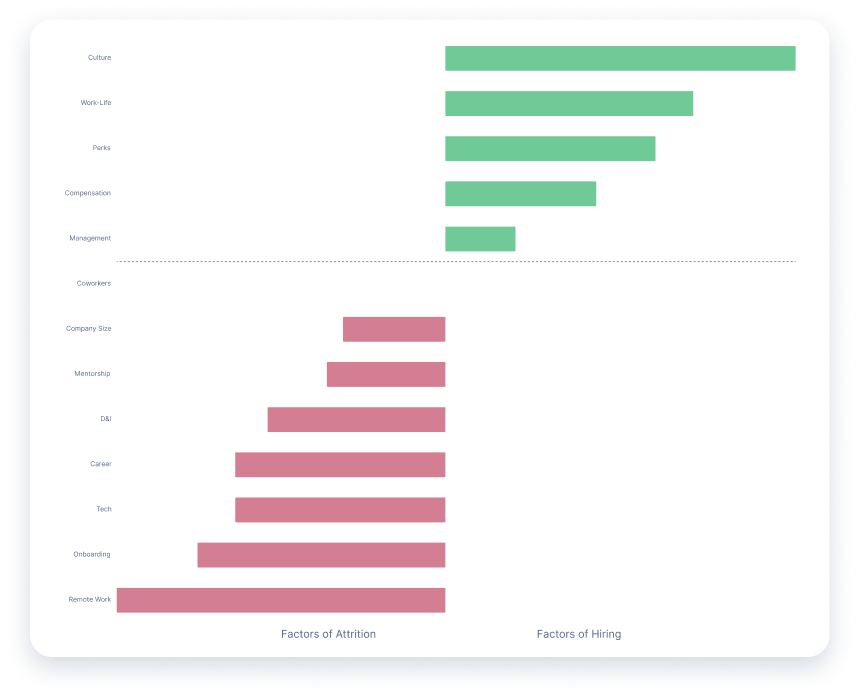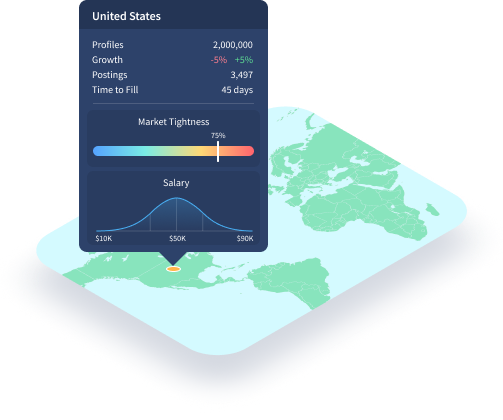Revelio Public Labor Statistics (RPLS) — Coming September 4, 2025
Learn More
Competitive Strategy with Company Benchmarking
With 20M companies from 195 countries and every industry, Revelio Lab’s benchmarking helps you evaluate opportunities and identify competitive advantages. Utilize workforce intelligence to know where you stand today allowing you to be confident while planning your short and long term talent strategy.

Benchmark Against Any Company
Utilizing Revelio Labs dashboard, quickly discover how you compare to your competitors across all workforce metrics.


Understand Sentiment for Every Position
Explore why people are joining some companies and leaving others, allowing you to evaluate the true sentiment of the labor market.


Compare Talent in Every Location
Revelio Labs global database allows you to track labor market trends in 195 countries.


Leverage Data to Foster a Diverse Workforce
Deep dive into your diversity and inclusion initiatives with a view of the external market first.


Benchmarking Metrics
Compare your performance to competitors across a comprehensive range of HR metrics to pinpoint areas where your business needs to concentrate efforts to maintain relevance in today’s market.

What is company benchmarking?
Company benchmarking is a strategic process employed by organizations to evaluate their human resources practices and performance against industry standards and competitors. It encompasses a structured analysis of various workforce functions and dynamics, including recruitment, retention, skills, training and development, compensation and benefits, and employee sentiment. By comparing workforce metrics and practices with those of other companies known for their workforce excellence, organizations can identify areas for improvement, align their strategies with industry best practices, and enhance overall workforce effectiveness.
The process of workforce benchmarking begins with identifying relevant metrics and key performance indicators (KPIs) tailored to the organization's goals and objectives. These metrics could include employee turnover rates, time-to-fill vacancies, training expenditure per employee, employee satisfaction scores, or diversity and inclusion metrics. Once the metrics are established, organizations gather data from internal workforce systems and external sources, such as industry reports, surveys, or benchmarking databases, to assess their performance relative to industry peers or leading organizations.
Upon collecting and analyzing the benchmarking data, organizations gain insights into their workforce strengths and weaknesses compared to industry benchmarks. This analysis enables workforce professionals and organizational leaders to identify opportunities for improvement, optimize processes, and implement strategic initiatives to attract, develop, and retain top talent. Whether it's enhancing recruitment practices to streamline hiring processes or revising compensation strategies to remain competitive in the market, workforce benchmarking serves as a valuable tool for driving continuous improvement and elevating the function to better support organizational objectives and long-term success.